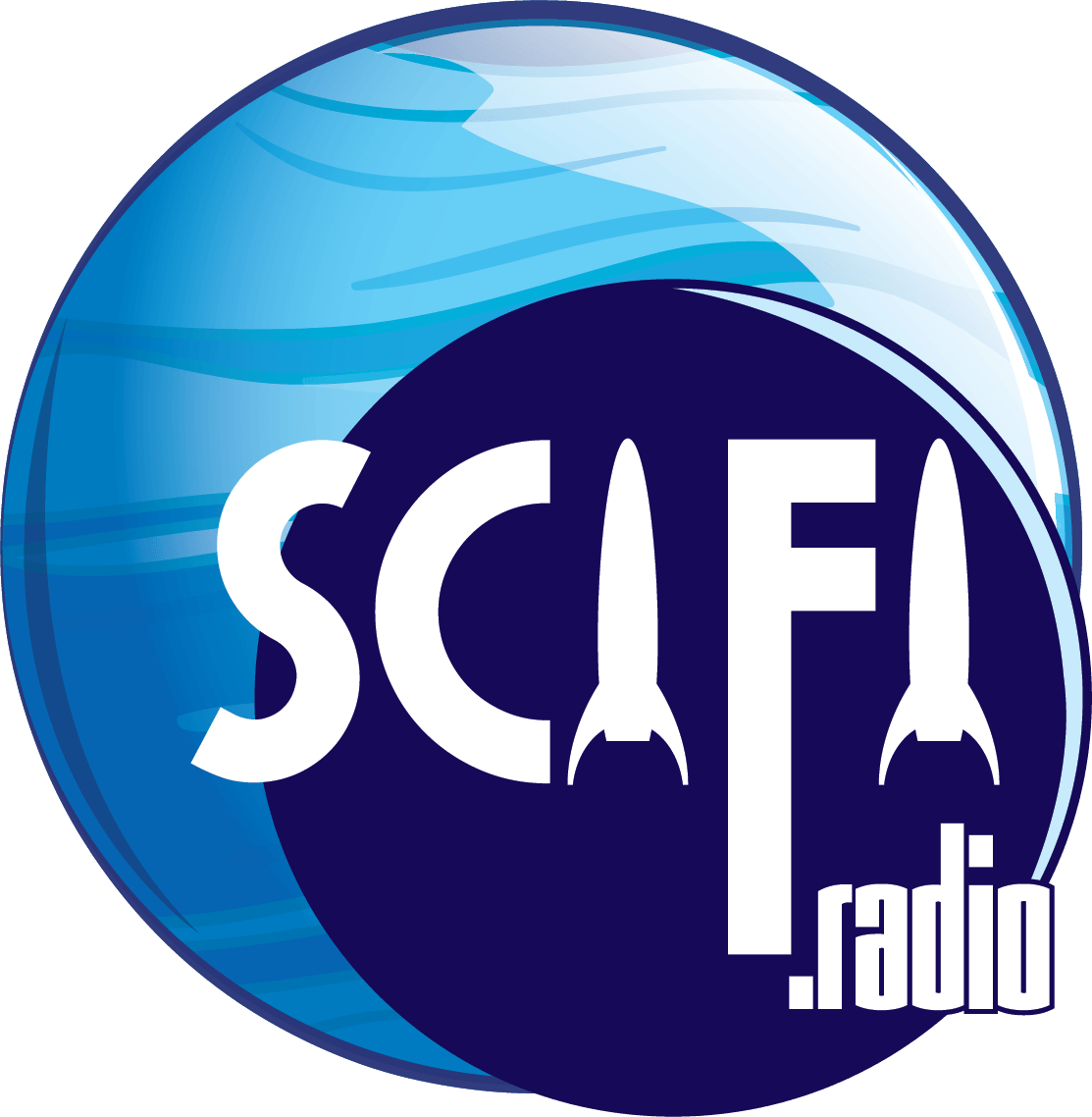by Brittany Gamboa

Dr. Jansens Tricorder Mk1
If you are a Star Trek junkie, you have probably heard and seen a lot about tricorders, if not, you still might have the correct idea for what it is used for. Especially with the buzz it has been getting in the press recently. And lately, a lot of this buzz has been coming from one place: Dr. Peter Jansen has openly released the designs for a series of Science Tricorders that he developed while a graduate student at McMaster University. The Science Tricorders are capable of sensing a variety of atmospheric, electromagnetic, and spatial phenomena.
Still don’t have an idea? It ‘s quite simple, tricorders are devices used, among other purposes, to determine what ails a patient. Yeah, it is a pretty wild notion that one single device can do such a thing. There have even been applications previously on the market resembling a tricorder on your very own smart phone! Sadly, one such application for Android that actually used all the phone’s sensors in an impressive tour-de-force of the phone’s built-in sensors was pushed out of the Android market by licensing mavins at Paramount who wanted to make money on a properly licensed and pretty, though useless, official Tricorder application. There are still a couple of applications mimicking it for the iPhone and other such devices today, but they prove to not be as functional.
Well, alright then, let us see. It sounds simple enough making a tricorder right? For most engineers, scientists, and doctors. Yes. But constructing a device that is capable to diagnose a patient without any uncomfortable poking or prodding is another story. One Canadian native, Dr. Peter Jansen has been able to produce one that, “measures atmospheric conditions, ambient temperature and pressure or humidity, electromagnetic (EM) measurements that deal with light or magnetic fields, special measurements, in terms of distance, or location, or motion.” It’s not a medical tricorder, but it’s an impressive start.
In addition, he has been able to create two to three models of tricorders that use the Linux operating system. It’s an open source project, meaning that anyone can contribute to it. The plans can be downloaded through tricorderproject.org and modified and shared by everyone freely.
This affects modern society in such a number of ways. For one thing, Dr. Peter Jansen has created a hand-held tricorder. Most tricorders used for medical purposes, are based on the size f an average Mini. With so much ingenuity and innovation compacted into a hand-held tricorder, it really is hard to grasp. Also, Dr. Jansen would like others to use it as well, learn from it. He states that you do not have to know a lot about science to use it. Jansen’s tricorder is as much about what one can learn by building one as by using one. People will come together with the knowledge they possess and collaborate. The hardware schematics, board layouts, and firmware source are freely available on the Tricorder project website under various open licenses.
So where do we go from there?
The X Prize Foundation has initiated public competitions in order to determine who would be able to benefit humankind the most, by creating a superior body of work in mostly any field (i.e., technology, space aeronautics, etc.) and thus award them $10 million dollars.
In terms of creating a state-of-the-art device, The Tricorder X Prize (sponsored by Qualcomm and launched on January 10th, 2012 at the Consumer Electronics Show), will be given to any individual or team who crafts a fully capable tricorder, particularly for practice in the medical field. What needs to stand out in this tricorder is how it usage mirrors that of the ones in Star Trek. It must be equivalent or better in technological advancement than standing in full front of a certified physicians board with one’s ailment, and get a precise diagnosis without the patient even being touched.
Until then, Star Trek fans will be awaiting the arrival of such an invention – it’s going to be a long development process, and the information shared between the various contestants should accelerate the state of the art considerably, especially in terms of an affordable price, accessibility, and convenience. Some question if any of the participants will even be able to achieve such advanced technology, but apparently Qualcomm thinks it’s achievable.
Having said all this, I leave you with one final word.
Although I am not a “trekkie,” a couple of searches on Google sent me to websites filled with memorable quotes from Star Trek. After searching, I could not find a more suitable quote then one said by Benjamin Sisko. He says, “It can be argued that a human is ultimately the sum of his experiences.” Star Trek inspired Dr. Jansen, just as it has with so many engineers before him. The effect of Star Trek on innovation and modern technology is indeed profound. It won’t be long before someone reaches a new frontier
.- 30 –
Links
- The Tricorder Project web site
- Tricorder X-Prize
About the Author
| Brittany Gamboa writes about tech, video games and all things geeky relating to past, current, and future influences on modern society. |
SCIFI.radio is listener supported sci-fi geek culture radio, and operates almost exclusively via the generous contributions of our fans via our Patreon campaign. If you like, you can also use our tip jar and send us a little something to help support the many fine creatives that make this station possible.












I read something about this project back in the mid 90’s. I was awe inspired. The article I read back then mentioned something about him testing a no-lights-and-sounds version with a someone who told him “It works great. You put the right sounds and lights on this thing and it’d be like one of those Tricorders from Star Trek”.